Apple AR, VR Headset Expectations: When Will It Show Up?
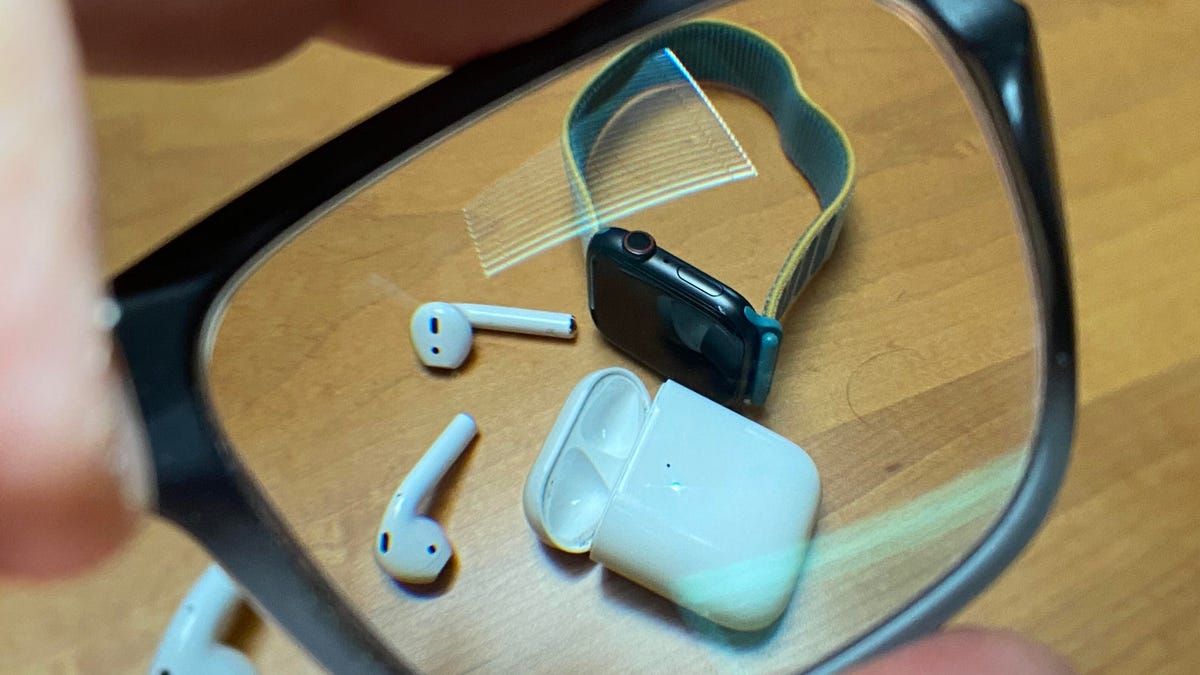
Taking a look at Apple’s other wearable devices could point to where Apple’s rumored glasses are heading.
Scott Stein/CNET
Apple has been?integrating augmented reality into its devices?for years, but the company’s next big product looks like it’ll be leaping right into the territory of Meta, Microsoft, Magic Leap and others, with a long-expected?mixed-reality headset likely arriving within the next year. The target date of this headset has kept sliding, and we’re now at the point where every Apple event seems to feel like the one where it could be mentioned at last.
We expected to see?big VR headsets launch this year, but only Meta’s next VR headset looks like it will show up in 2022. The PlayStation VR 2 has been delayed until 2023 and Apple’s headset looks like it could be following the same release window. Apple didn’t mention a headset in its most recent developer conference, but there were?plenty of AR clues hinting at what the future could hold.
Apple’s “Far Out” September product event is approaching soon, where new iPhones, Apple Watches and AirPods are expected. Apple’s headset probably won’t emerge now: The latest reports say a possible January or early 2023 event could be the moment.
Here’s what we’re expecting to see.
Is its name Reality Pro?
New trademark filings reported by Bloomberg show the name “Reality” showing up a lot: Reality One, Reality Pro and Reality Processor. Apple’s existing AR software framework for iOS is named RealityKit, and previous reports suggested that a “Reality OS” could be the name for the new headset’s ecosystem.?
No one really expected the Apple Watch’s name (remember iWatch?), so to some degree, names don’t matter. But it does indicate that Apple is moving forward towards a product, possibly imminently.
A long-expected headset
The headset has been cooking for a long while. Reports have?been going?around for several years, including a?story broken by former CNET Managing Editor Shara Tibken?in 2018. Apple’s been building more advanced AR tools?into its iPhones and iPads for years, setting the stage for something more.
Whatever the headset might become, it’s looking a lot more real lately. A detailed report from The Information earlier this year discussed likely specs, which include what Bloomberg’s Mark Gurman says is Apple’s latest M2 chip. According to another?report from Bloomberg earlier this year, Apple’s board of directors have finally seen a demonstration of a mixed-reality headset.
This could indicate that the long-rumored headset is nearing completion. Kuo previously predicted that Apple’s VR-AR headset would arrive in the fourth quarter of 2022?with Wi-Fi 6 and 6E support. While that date looks like it’s slipped to 2023, Kuo has also predicted that?Apple smart glasses may arrive in 2025?and maybe AR contact lenses after that.?
Apple could blend AR and VR with?two headsets?in the near future, leading the way with a high-end AR-VR headset that may be more like an advanced?Quest 2, according to?Bloomberg’s Gurman. Gurman also suggests a focus on?gaming, media and communication. In terms of communication, Gurman believes FaceTime using the rumored headset could?rely on Memoji and SharePlay: Instead of seeing the person you’re talking to, you’d see a 3D version of their personalized Memoji avatar.?
And Apple may have large plans for the headset. The company’s “goal is to replace the ?iPhone? with AR in 10 years,” Kuo explains in a note to investors, seen by MacRumors. The device could be relatively lightweight, about 300 to 400 grams (roughly 10.5 to 14 ounces), according to?Kuo. That’s lighter than Meta’s Oculus?Quest 2.
Read more: The Metaverse is Just Getting Started: Here’s What You Need to Know
The headset could be expensive, maybe as much as $2,000 or more, with 8K displays, eye tracking and cameras that can scan the world and blend AR and VR together, according to a report from The Information last year.
It’s expected to feature advanced processors, possibly based on Apple’s recent M2 chips, and work as a stand-alone device. But it could also connect with Apple’s other devices. That’s not a surprising move. In fact, most of the reports on Apple’s headset seem to line right up with how VR is evolving: lighter-weight, with added mixed reality features via more advanced passthrough cameras. In that sense, Apple’s first headset will probably be a stepping stone to future lighter AR glasses, in the same way that Meta’s next headset, called Project Cambria, might be used.
Previous?reports on Apple’s AR/VR roadmap suggested internal disagreements, or a split strategy that could mean a VR headset first, and more normal-looking augmented reality smart glasses later. But recent reports seem to be settling down to tell the story of a particular type of advanced VR product leading the way. What’s increasingly clear is that the rest of the AR and VR landscape is facing a slower-than-expected road to AR glasses, too.?
VR, however, is a more easily reachable goal in the short term.
Apple has been in the wings all this time without any headset at all, although the company’s aspirations in AR have been clear and well-telegraphed on iPhones and iPads for years. Each year, Apple’s made significant strides on iOS with its AR tools. It’s been debated how soon this hardware will emerge: this year, the year after or even further down the road. Or whether Apple proceeds with just glasses, or with a mixed-reality VR and AR headset, too.
I’ve worn more AR and VR headsets than I can even recall, and been tracking the whole landscape for years. In a lot of ways, a future Apple AR headset’s logical flight path should be clear from just studying the pieces already laid out. Apple acquired VR media-streaming company NextVR?in 2020 and it bought AR headset lens-maker Akonia Holographics?in 2018.?
I’ve had my own thoughts on what the long-rumored headset might be, and so far, the reports feel well-aligned to be just that. Much like the Apple Watch, which emerged among many other smartwatches and had a lot of features I’d seen in other forms before, Apple’s glasses probably won’t be a massive surprise if you’ve been paying attention to the AR and VR landscape lately.
Remember Google Glass? How about Snapchat’s Spectacles? Or the HoloLens?or Magic Leap? Meta is working on AR glasses?too, and Snap?and?also Niantic. The landscape got crowded fast.
Here’s where Apple is likely to go based on what’s been reported, and how the company could avoid the pitfalls of those earlier platforms.?
Apple declined to comment on this story.
Launch date: Look for news well before the product release date
New Apple products tend to be announced months before they arrive, maybe even earlier. The iPhone, Apple Watch, HomePod and iPad all followed this path.?
In addition to Kuo’s tweets that the headset could arrive in 2023, a?2019 report from The Information?based on purported leaked Apple presentational material, suggested 2022 could be the year for an Oculus Quest-like AR-VR headset and 2023 for glasses based on purported Apple presentational material. Maybe Apple will take a staggered strategy with AR and release several devices: one for creators first, with a higher price; and one for everyday wearers later.?TrendForce doubts?any AR or VR headset could overtake Microsoft’s or Meta’s until 2023 or later.?
Either way, developers would need a long head start to get used to developing for Apple’s headset, and making apps work and flow with whatever Apple’s design guidance will be. That’s going to require Apple giving a heads-up on its hardware well in advance of its actual arrival.
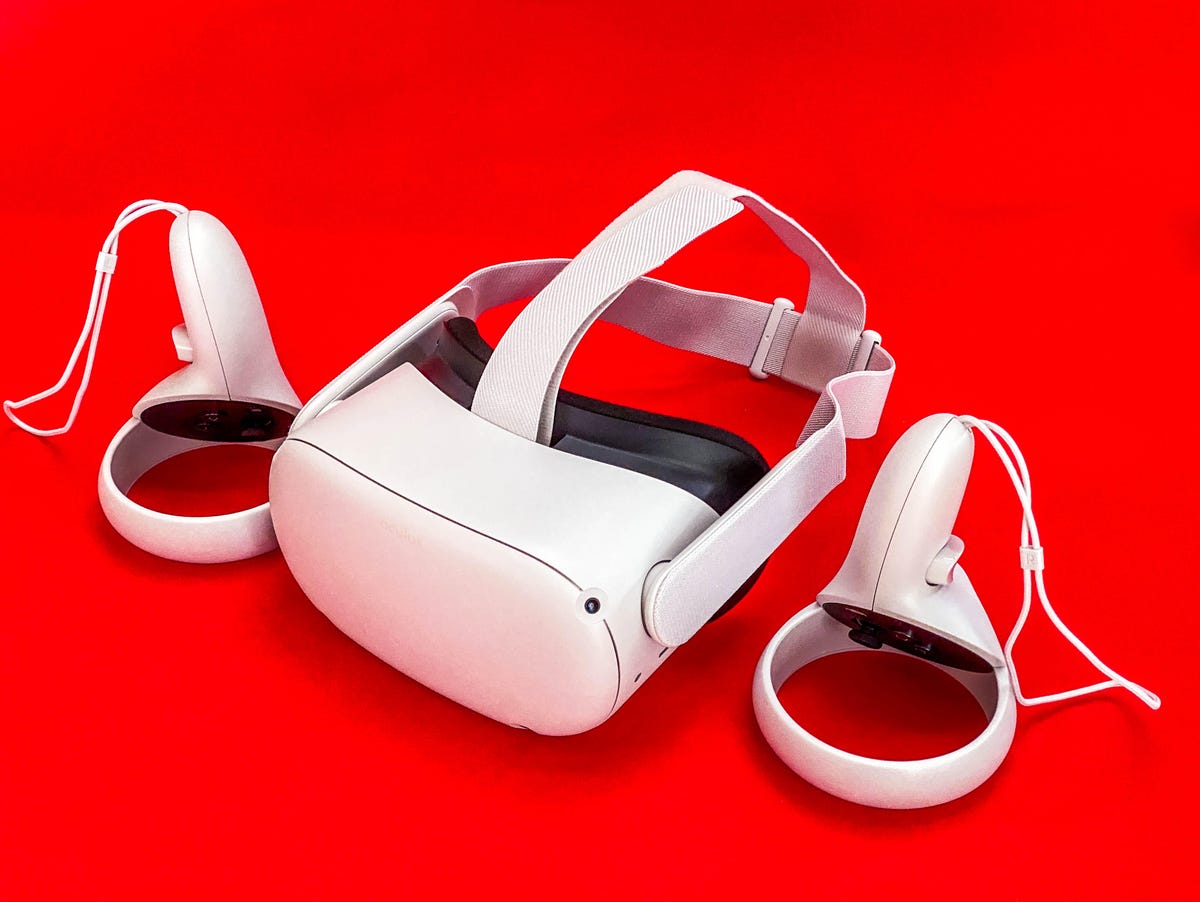
Facebook’s Oculus Quest 2 is a self-contained VR headset on the road to AR glasses. Could Apple follow a similar path?
Scott Stein/CNETAn Apple headset could be a lot like the Meta Quest, but higher-end
There’s already one well-polished success story in VR, and the Quest 2 looks to be as good a model as any for where future headsets could aim. Gurman’s report makes a potential Apple VR headset sound a lot like Facebook’s stand-alone device, with controller-free hand tracking and spatial room awareness that could be achieved with Apple’s lidar sensor?technology, introduced on the iPad Pro and iPhone 12 Pro.
Apple’s headset could end up serving a more limited professional or creator crowd. But it could also go for a mainstream focus on gaming or fitness. My experiences with the Oculus Quest’s fitness tools feel like a natural direction for Apple to head in, now that the Apple Watch is extending to subscription fitness training, pairing with TVs and other devices.
The Oculus Quest 2 (now officially the Meta Quest 2) can see through to the real world and extend some level of overlap of virtual objects like room boundaries, but Apple’s headset could explore passthrough augmented reality to a greater degree. I’ve seen impressive examples of this in headsets from companies such as?Varjo. It could be a stepping stone for Apple to develop 3D augmented reality tech on smaller glasses designs down the road.
Right now, there aren’t any smart glasses manufacturers able to develop normal-looking glasses that can achieve advanced, spatially aware 3D overlays of holographic objects. Some devices like the nReal Light have tried, with mixed success. Meta’s first smart glasses, Ray-Ban Stories, weren’t AR at all. Meta is working on ways to achieve that tech later on. Apple might take a similar approach with glasses, too.
The VR headset may be a ‘Pro’ device
Most existing reports suggest Apple’s VR headset would likely be so expensive, and powerful, that it will have to aim for a limited crowd rather than the mainstream. If so, it could target the same business and creative professionals that more advanced VR headsets like the Varjo XR-3?are already aiming for.
I tried Varjo’s hardware: My experience with it could hint at what Apple’s headset might also aim for. It has a much higher-resolution display (which Apple is apparently going to try to achieve), can blend AR and VR into mixed reality using its passthrough cameras, and is designed for pro-level creative tools. Apple could integrate something similar to its lidar sensors.
But Varjo’s headset, and most professional VR headsets, are tethered to PCs with a number of cables. Apple’s headset could work as a stand-alone device, like the Quest 2, work on its own and also when connected to a Mac, much like the Quest 2 already does. Apple’s advantage could be making a pro headset that is a lot more lightweight and seamlessly standalone than any other current PC-ready gear. But what remains unknown is how many apps and tools Apple will be able to introduce to make its headset feel like a tool that’s truly useful for creators.
Controls: Hand tracking or a small worn device?
The Information’s previous reports on Apple’s headset suggest a more pared-down control system than the elaborate and large game controller-like peripherals used by many VR headsets right now. Apple’s headset should work using hand tracking, much like many VR and AR headsets already enable. But Apple would likely need some sort of controller-type accessory for inputs, too. Cracking the control and input challenge seems to be one of the bigger hurdles Apple could face.
Could that controller be an Apple Watch? Possibly, but the Apple Watch’s motion-control capabilities and touchscreen may not be enough for the deeper interactions an Apple headset would need. Maybe iPhones could pair and be used as controllers, too. That’s how Qualcomm is envisioning its next wave of phone-connected glasses.
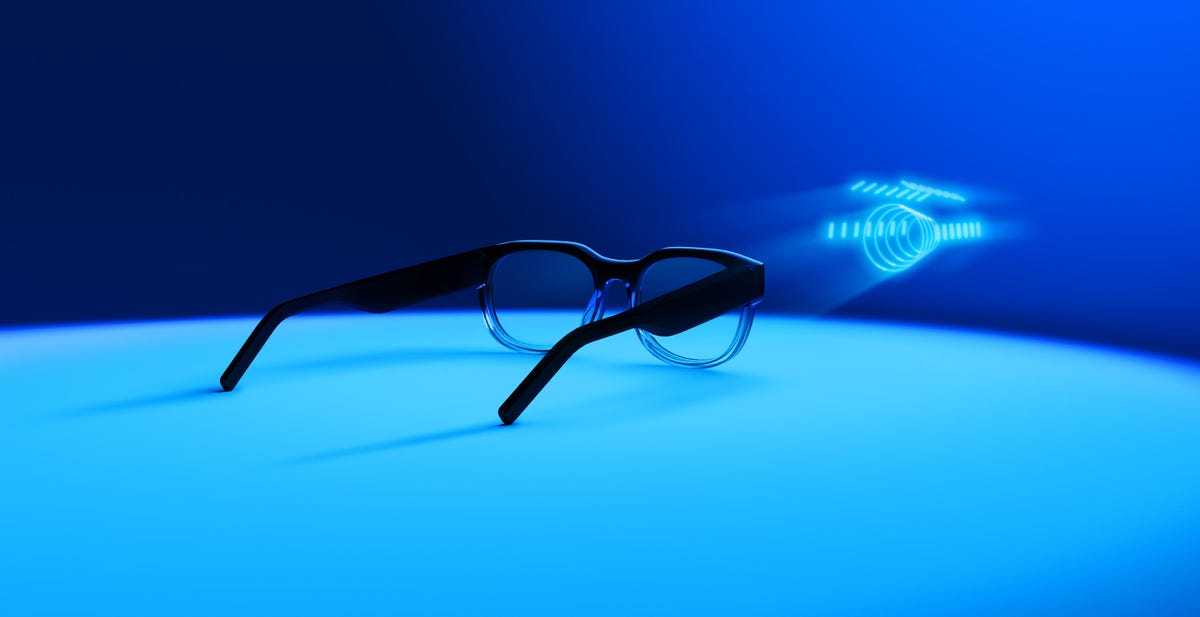
North Focals’ smart glasses design prototype. North was acquired by Google in 2020.
NorthFuture AR smart glasses may also be in the works
Getting people to put on an AR headset is hard. I’ve found it a struggle to remember to pack smart glasses, and find room to carry them. Most of them don’t support my prescription, either. Developer-focused AR glasses made by Snap that I tried recently show what everyday AR glasses could look like someday, but they’re still a work in progress.
Kuo’s prediction of AR glasses coming a few years after a VR-AR goggle-type headset would line up with what other companies are promising. The challenges with AR glasses are a lot greater than VR. No one’s figured out how wearing them all the time would work, or how you’d interact with virtual objects: Hand tracking? A watch or a ring? Voice? Neural inputs?
Apple always touted the Apple Watch, first and foremost, as a “great watch.” I would expect the same from its glasses. If Apple makes prescription glasses and makes them available, Warby Parker-style, in seasonal frames from its Apple Stores, that might be enough for people if the frames look good. Apple’s VR headset, according to Gurman, will also offer prescription lenses. That could be a stepping stone to developing glasses later on.
Google acquired smart glasses manufacturer North?in 2020, which made a prescription, almost normal set of eyewear. North’s concept for glasses might be too similar to Google Glass for Apple’s tastes, but the idea of AR glasses doubling as functional glasses sounds extremely Apple-like. More recently, Vuzix’s planned smart glasses for 2021 show how far the tech has shrunken down, but even those planned glasses won’t have the ability to spatially scan the world and overlay augmented reality: They’ll be more like advanced glasses with heads-up displays and 3D audio.
A report from The Information?in 2020 said new AR lenses were entering a trial production phase for Apple’s AR hardware (9to5Mac also broke the report down). These lenses sound much closer to normal glasses than current AR headsets allow, but when would those be ready?
Could Apple make its first smart glasses something more basic, letting Apple slowly add more AR features over time and let newcomers settle into the experience? Or would Apple try to crack the AR challenge with its first pair of glasses? Augmented reality is a weird concept for eyewear, and potentially off-putting. Maybe Apple will aim for subtlety. The original Apple Watch was designed to be glanced at for just 5 seconds at a time.?
A recent patent filing also showed Apple looking to solve vision conditions with adaptive lenses. If true, this could be the biggest killer app of Apple’s intelligent eyewear.
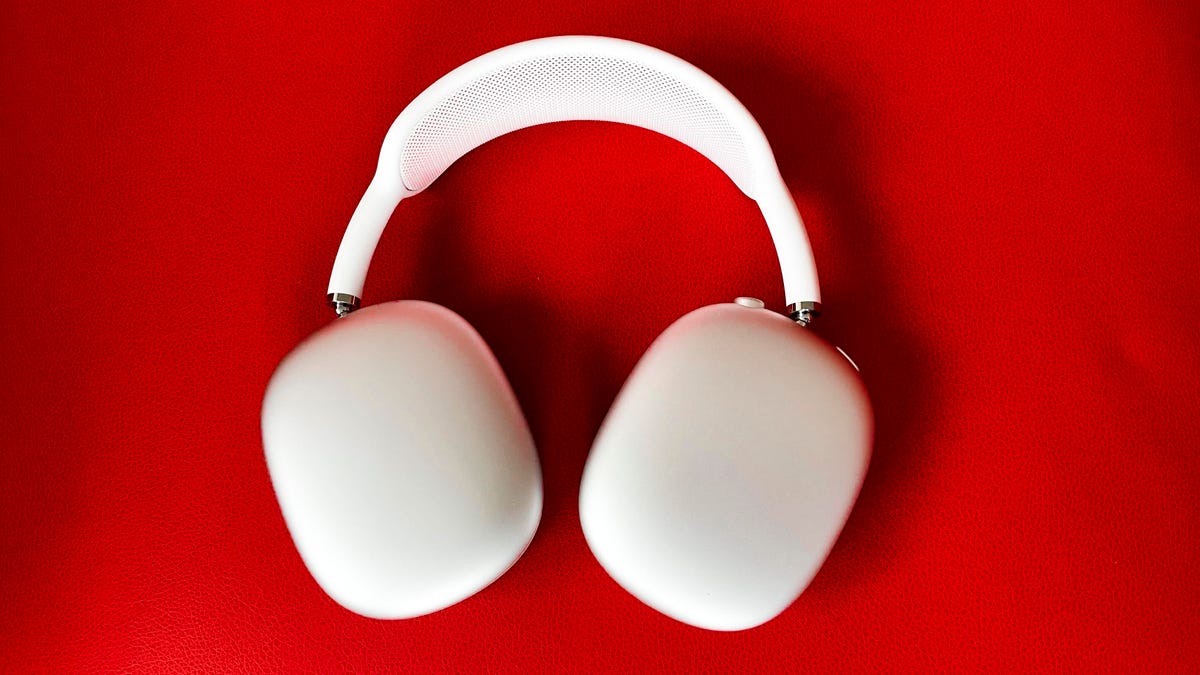 David Carnoy/CNETAre the AirPods Max a sign of how expensive a headset could be?
David Carnoy/CNETAre the AirPods Max a sign of how expensive a headset could be?
The business-focused HoloLens and Magic Leap cost thousands of dollars. Current VR headsets have trended towards $500 or more.
The latest price reports suggest something between $2,000-$3000, which is in the territory of business-focused AR headsets like the HoloLens 2, or business creative VR headsets like those from Varjo. An analysis from TrendForce?published in February also estimates that an Apple headset’s hardware would cost in the thousands, and it predicts that Apple would employ a “monthly subscription-based software solution.”
Apple’s headphones, the AirPods Max, indicate that the pricing could climb high. At $549, they cost more than a PlayStation 5. And those are just headphones. A pair of smart glasses, or an advanced VR headset, would be a lot more advanced.
iPhone-connected, too?
Qualcomm’s AR and VR plans?in 2020 telegraphed the next wave of headsets: Many of them will be driven by phones. Phone-powered glasses can be lighter and just have key onboard cameras and sensors to measure movement and capture information. Meanwhile the phone does the heavy lifting and doesn’t drain headset battery life.?
Apple’s star device is the iPhone, and it’s already loaded with advanced chipsets that can do tons of AR and computer vision computation. It could already power an AR headset now; imagine what could happen in another year or two.
Apple could also have its own high-end dedicated chip in its first wave of VR and AR headsets, as reports suggest, but they’ll also undoubtedly dovetail with more advanced processors in Apple’s phones, tablets and Macs.
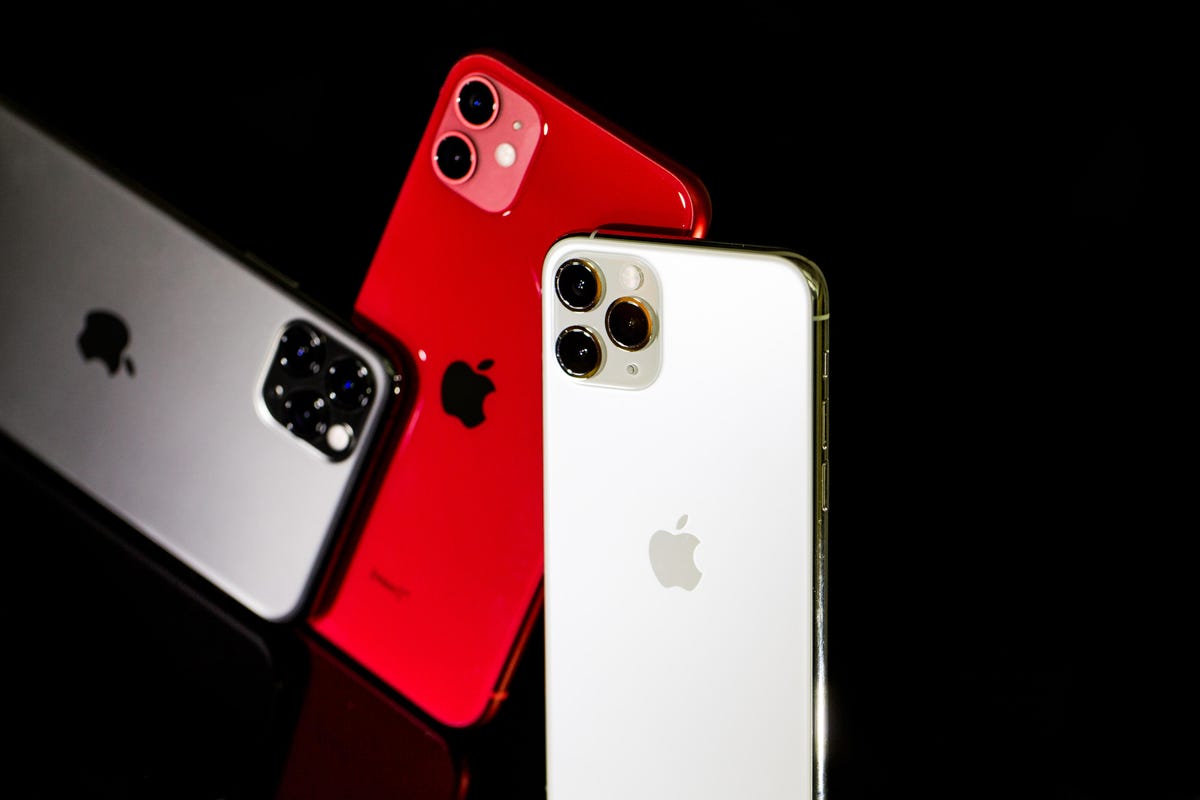
Apple’s iPhones are likely to be the engine.
Angela Lang/CNETHow Apple could blend the real world with AR and VR
Apple already dabbles with AR overlays with real world locations:?QR code and NFC-enabled App Clips?can launch experiences from real-world locations with a tap or scan. These micro apps are made to work with AR, too: With glasses or an AR headset, they could eventually launch interactions at a glance.
Maybe QR codes can help accelerate AR working in the “dumb” world. Apple’s iPhones also have a U1 chip that can be used to improve accuracy in AR object placement, and also to more quickly locate other Apple devices that have the U1 chip, too.
Apple’s AirTags arrived in 2021 with features similar to Samsung’s SmartTags Plus that use similar ultrawideband technology. These tags could be seen via an iPhone app using AR, which could possibly extend into Apple’s future VR or AR headsets. If all Apple’s objects recognize each other, they could act as beacons in a home. The U1 chips could also be indoor navigation tools for added precision.
Microsoft’s?collaborative mixed-reality platform, Mesh, shows how meetings with people in virtual spaces could happen instantly and in work-like environments. Apple already enables multiperson AR in real places, but a necessary next step would be to allow a platform for collaboration in AR and VR like Microsoft is developing.
Trying some of the LiDAR-enabled AR apps I can find for the 2020 iPad Pro, to show meshing. Here’s one called Primer, an early build to test wallpaper on walls pic.twitter.com/SatibguyTm
— Scott Stein (@jetscott) April 14, 2020
Apple’s depth-sensing hardware is already here
Apple is already deeply invested in camera arrays that can sense the world from short and long distances. The front-facing TrueDepth camera, which Apple has used on every Face ID iPhone since the X, is like a shrunken-down Microsoft Kinect?and can scan a few feet out, sensing 3D information with high enough accuracy to be used for a secure face scan. Apple’s lidar technology on its recent iPhones and iPads can scan out much further, several meters away. That’s the range that glasses would need.?
Apple’s existing lidar technology, combined with cameras, is already good enough to scan environments and 3D objects. Add to this the wider-scale lidar scanning Apple is doing in Maps to enable overlays of real-world locations with virtual objects via a technology called Location Anchors, and suddenly it seems like the depth-scanning Apple is introducing could expand to worldwide ambitions.
Apple’s new Mac chips already point toward VR-AR compatibility
Apple’s?M1-enabled Macs?and onward are technically a lot more capable of the power needed to run AR and VR, and share similarities to how iPhone and iPads handle graphics. Developing a common groundwork across devices could allow a headset to feasibly run on an iPhone, iPad or Mac, making it a universal Apple device accessory.
That would be essential if Apple intends on its VR or AR headsets to have any role in creative workflows, or be used for games or apps. It’s one of the limitations of existing VR headsets, which need to run off particular Windows gaming PCs, and still don’t play that well with iOS or Android phones.

AirPods went from absurd to essential. Can Apple do the same for smart glasses?
Sarah Tew/CNETLook to AirPods for ease of use — and audio augmented reality
I’ve thought about how the?AirPods’ comfort, and weird design, was an early experiment in wearing Apple’s hardware directly on our faces?– and it was a success. It proved that doing so could be accepted and become normal. AirPods are expensive compared to in-box wired buds, but they’re also utilitarian. They’re relaxed. If Apple’s working on AR or VR headsets, they’ll need to feel the same way.
The?AirPod Pros’ spatial audio, which AirPods Max and AirPods 3 also have, points to where future ideas could head. Immersive audio is casual, and we do it all the time. Immersive video is hard and not always needed. I could see AR working as an audio-first approach, like a ping. Apple glasses could potentially do the world-scanning spatial awareness that would allow the spatial audio to work. In the meantime, Apple’s already developing the spatial audio tech that its VR headset would need.
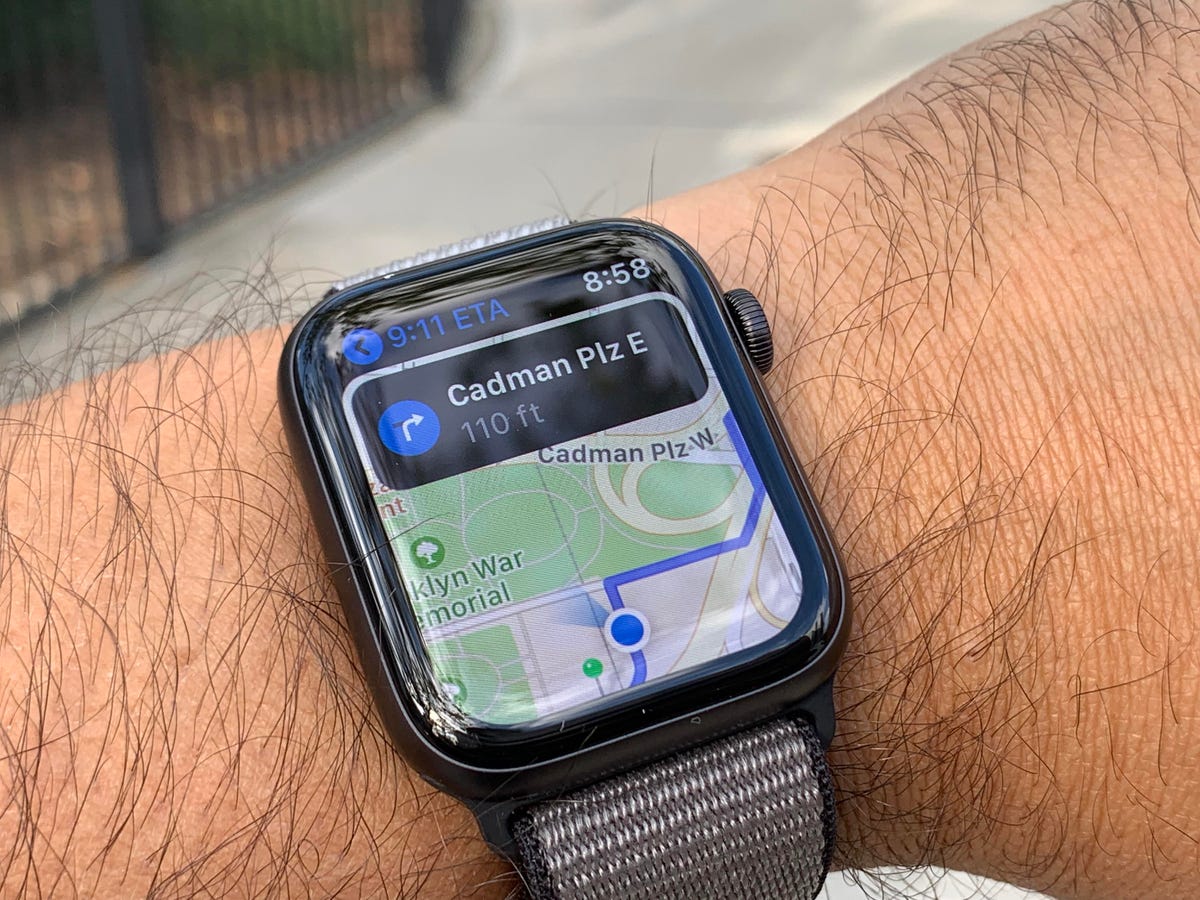
Somehow, the watch and the glasses need to work together for navigation and other apps.
Scott Stein/CNETApple Watch and AirPods could be great companions
Apple’s already got a collection of wearable devices that connect with the iPhone, and both make sense with glasses. Its AirPods can pair for audio (although maybe the glasses have their own Bose Frames-like audio, too), while the Watch could be a helpful remote control. The Apple Watch already acts as a remote at times, for the Apple TV or for linking up with the iPhone camera. Apple’s future headsets could also look to the Watch and expand its display virtually, offering enhanced extras that show up discreetly, like a halo. Or they could use the Watch as some sort of controller.
The Apple Watch could also provide something that it’ll be hard to get from hand gestures or touch-sensitive frames on a pair of glasses: haptics. The rumbling feedback on the Watch could lend some tactile response to virtual things, possibly.
Could Qualcomm and Apple’s reconciliation also be about XR?
Qualcomm and Apple are working together again on future iPhones, and I don’t think it’s just about modems. 5G is a key feature for phones, no doubt. But it’s also a killer element for next-gen AR and VR. Qualcomm has already been exploring how remote rendering could allow 5G-enabled phones and connected glasses to link up to streaming content and cloud-connected location data. Glasses could eventually stand on their own and use 5G to do advanced computing, in a way like the Apple Watch eventually working over cellular.
Qualcomm’s chipsets are in almost every self-contained AR and VR headset I can think of (Meta Quest, HoloLens 2, a wave of new smart glasses, the latest version of Google Glass, Vive Focus). Will Apple’s tech dovetail at all with Qualcomm’s cross-device platforms?
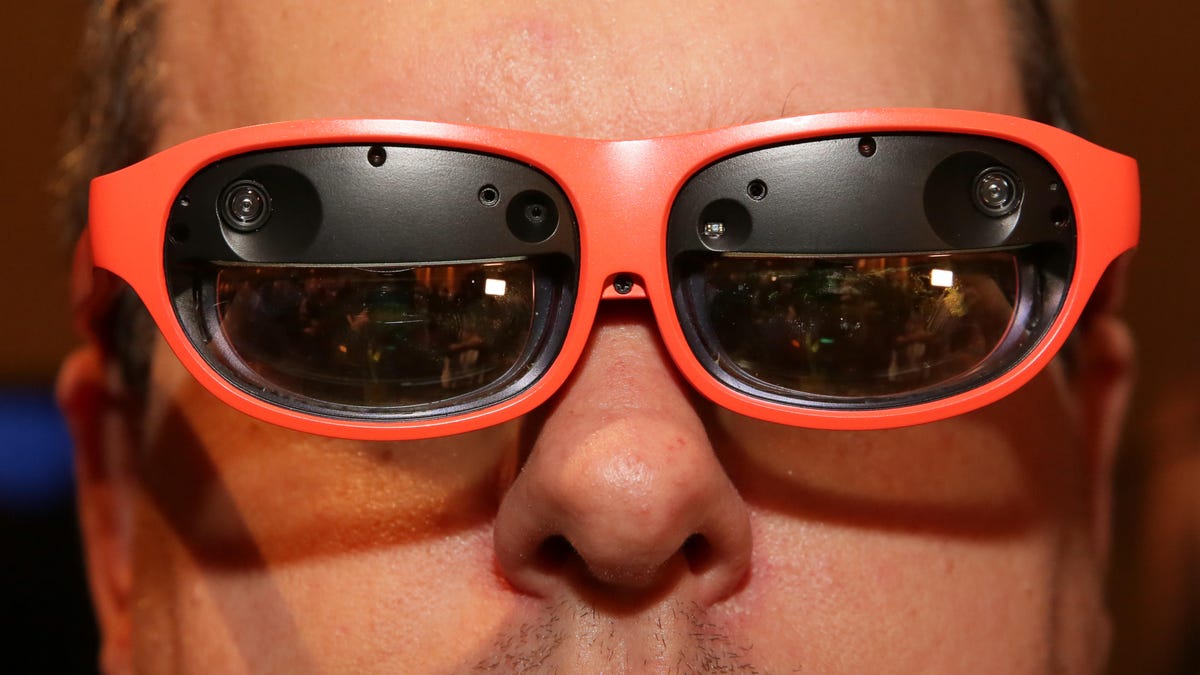
There are other AR devices out there, like the nReal Light. Apple needs to open up iOS to work with them, like fitness trackers and smartwatches.
Sarah Tew/CNET